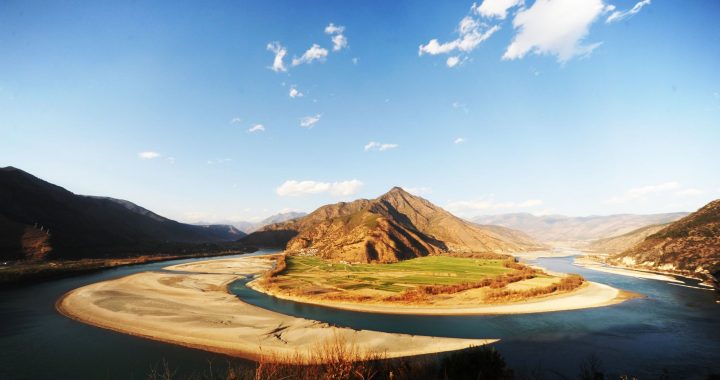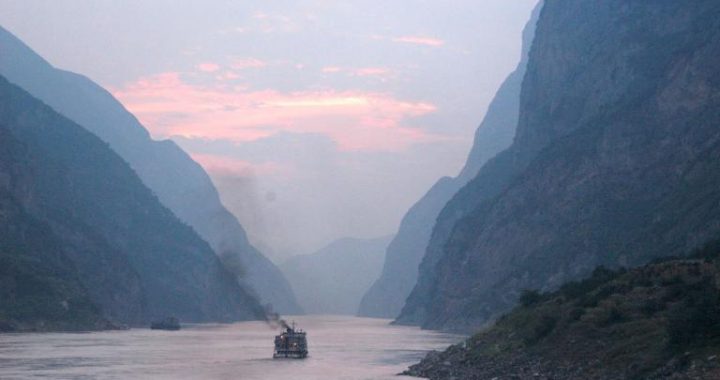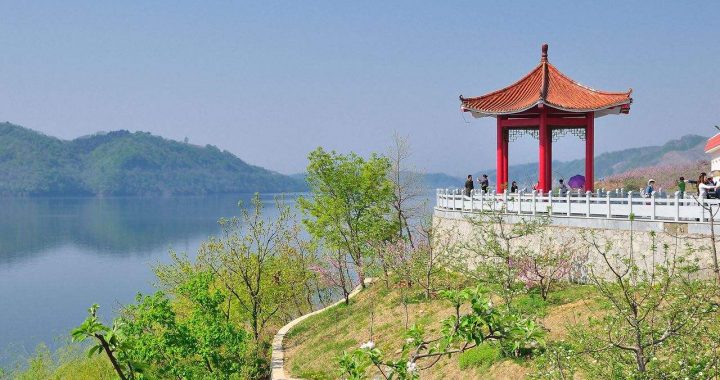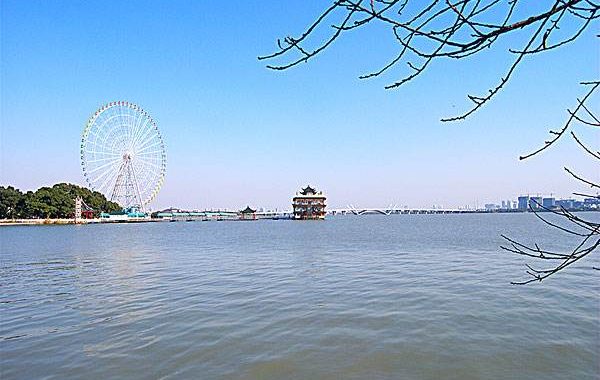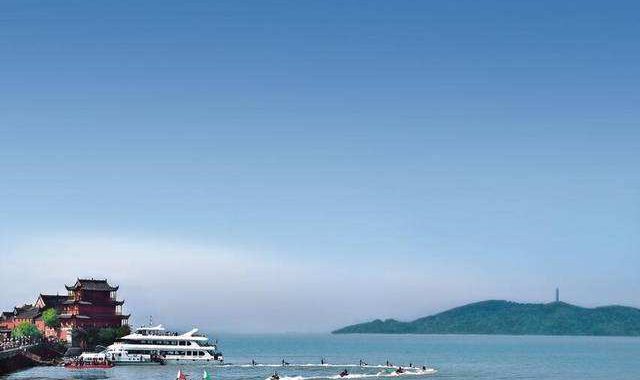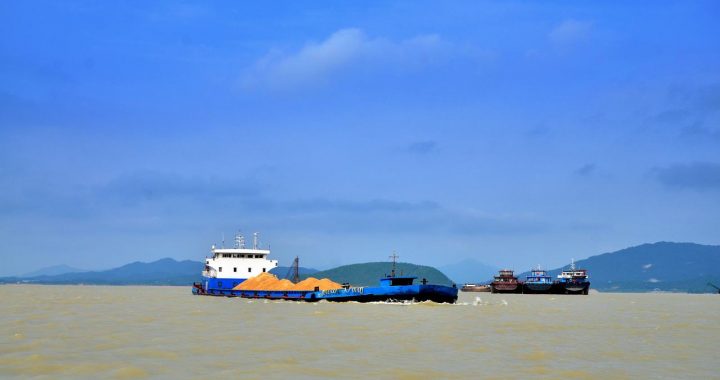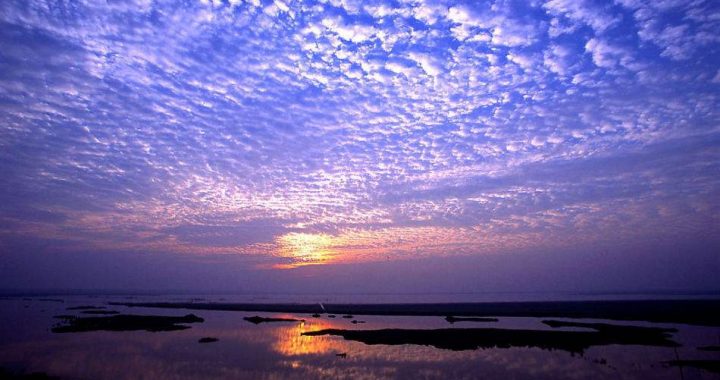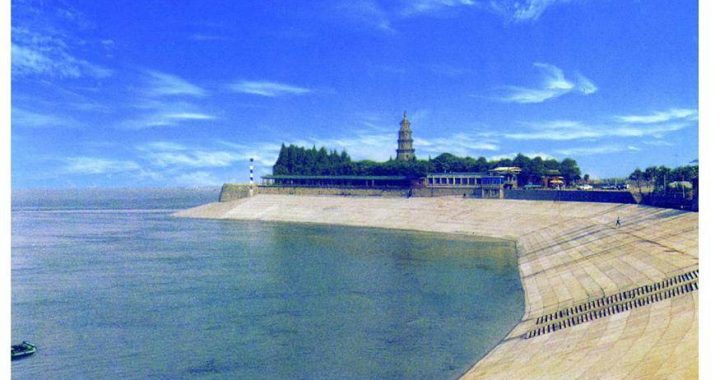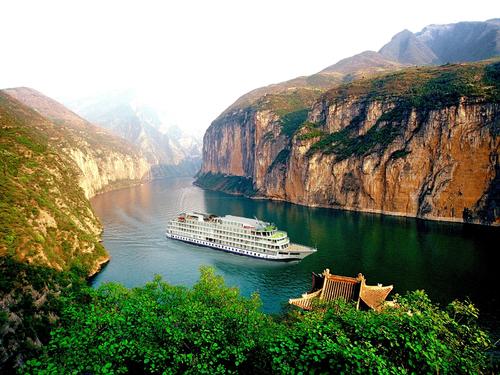Jinsha River
5 min readThe Yangtze River, flowing slowly and gently in the section of Tongtian River, changes completely when entering the high mountains and deep valleys between Sichuan province and Tibet-putting aside its previous tameness and gentleness, the Yangtze River becomes riotous and turbulent, rampaging inthe valley with thunderous sounds, as if it wants to rush out of the blockage of mountains. This section of the Yangtze River is called Jinsha River.
Jinsha River
Jinsha River is more than 2,308 kilometers long and drains an area over 500 thousand square kilometers. Along the two banks are high mountains and wild forests, where few people live, so people had rather limited knowledge of Jinsha River. The limited knowledge gave Jinsha River a sense of mystery and also made people believe that Min-jiang River was the mainstream of the Yangtze River until thousands of years later when Jinsha River was confirmed the true headstream of the Yangtze River.

Jinsha River zigzags in Hengduan Ranges(”Transversal Ranges'”) in southeast China. Hengduan Ranges consists of a series of high mountains in south-north direction. It obstructs traffic in its pass, which gave it the name of Hengduan Ranges. There are moun-tains of 2000-meter high as well as 6000-meter high in the majestic and stretching Hengduan Ranges. The strong un-dercutting force of Jinsha River cuts Hengduan Ranges down by 2 to 3 kilometers, and the river valley is deep down in the high mountains. Because of the great distance between the mountain peak and the river valley, if we look up on the river, we will see the cliffs on the two sides tow-ering high above as if they are going to press down. It’s very breathtaking. When we look down from the mountain peak, all we can see is the stretching mountains. The surg-ing and riotous Jinsha River disappeared, turning into a thin but tensile silver belt, shuttling in the mountains and linking them up. The sceneries on the river and on the mountain peak are completely different; however, both ofthem are miraculous with natural and magnificent viewseverywhere, which make us marvel at the power of nature and at the same time sign for the tiny of mankind.
Jinsha River has a large water volume and great drop in elevation, which is very suitable for building large-scale hydroelectric power stations. Besides, there are many min-eral resources in Jinsha River Basin.
Flowing southward to Shigu Town in Yunnan Province, Jinsha River suddenly makes a big turn and be-gins to flow toward northeast, and then there is another big turn to make its passage back to south. This “V”type bend is the famous “First Bend of the Yangtze River”. About this great bend, there goes around a beautiful story. It is said that Nujiang River, Lancang River and Jinsha River were three sisters, who yearned for the sea very much and decided to set out together. Nujiang River and Lancang River wanted to go to the sea in the south while the little sister Jinsha River wanted to see the East Sea. They decid-ed to set out together and depart at Shigu Town. The threesisters flowed southward happily, and the vivacious Jinsha girl showed her strong suit of singing and dancing fully.
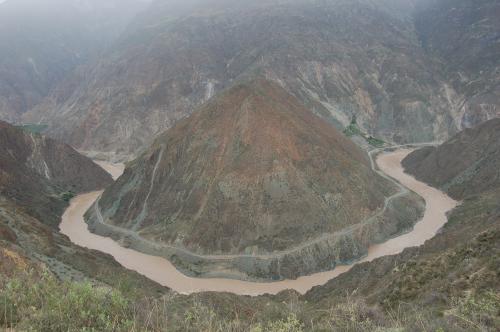
All the way there are full of laughter and happiness. Arriv-ing at Shigu Town, the elder sisters continued to flowsouthward while Jinsha girl turned to flow east. There were two brothers called Yulong and Haba, who saw the beautiful Jinsha girl and stopped her. They stood in herway to prevent her from passing and even took shifts to watch over her. Jinsha girl got a good idea. She sang beau-tiful songs when Haba, who dozed off quite often, was watching over her. She sang and sang, and Haba was cap-tivated by her beautiful songs and fell asleep before long.
Jinsha girl seized the opportunity and sneaked away. She continued her way to the East Sea happily.
Of course, story is not history. According to the geol-ogists, Jinsha River should have flowed southward in par-allel with Nujiang River and Lancang River, however, due to the Yangtze River’s corrosion effect, its headstream ex-tended upwards and at last took Jinsha River, which should have joined Lancang River, to be its headstream.
Therefore, Jinsha River flowed eastward with the Yangtze River.
The bird’s-eye view of the Yangtze River at the narrow reach In the”First Bend of the Yangtze River”there is a fa-mous Hutiao Gorge (“Tiger-leap Gorge”), which is very spectacular and perilous. The Haba Snow Mountain and Yulong Snow Mountain stand facing each other beside the river, which are the two brothers in the legend mentioned above. The two mountains soar into the sky, with cliffs seem to be cut out by axes and sword. It can be seen clear-ly that Haba Snow Mountain has no peak. In the legend itis said that after Jinsha girl fled away, Yulong came to change shifts but only found that Haba was in deep sleep.
Yulong was so furious that he pulled out his sword and cut Haba’s head off. That’s why Haba Snow Mountain has no peak now. The valley of Hutiao Gorge is very narrow, withthe width of 30 meters in the narrowest surface, and the current is rapid and turbulent. It is said that some one saw a tiger leaping from the peak of a cliff to the other side of the river, therefore this valley is called Hutiao Gorge.
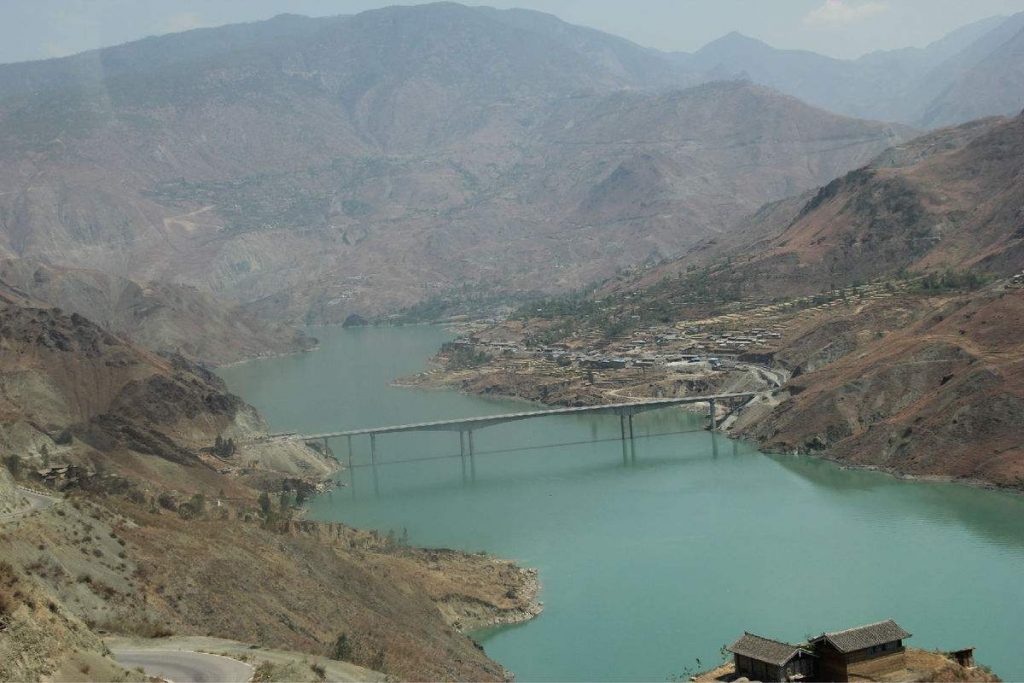
Jinsha River flows all the way to the east, and turns sharply southwards after receiving Yalong River in Sichuan province. Then it flows southwards until the north of Yuanmou County in Yunnan Province where it turns to east again. In Yuanmou County, archeologists discovered ape man sites, and confirmed that there used to live the
“Yuanmou Ape Man”.
After passing Yuanmou county, Jinsha River surges eastward and receives Xiaojiang River(“Small River”).
This Xiaojiang River might be the smallest tributary of the Yangtze River. On its two banks there are all cliffs, andthe current has large drop of elevation; in addition, thevegetation along the river is very sparse and rocks are loose, therefore, mud-rock slides break out quite frequent-ly and usually are of rather large scale, which are rare not only in China, but also in the whole world. The mud-rock slides of Xiaojiang River destroy the surrounding environ-ments and present a great threat to the nearby residents. It also brings much sand and silt into Jinsha River. That’s why the Chinese government is making great efforts to regulate Xiaojiang River.
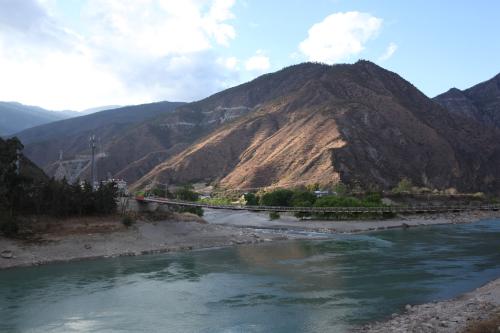
In 1935, after Chinese Communist Party convened the Zunyi Conference, Central Red Army marched west-wards to Yunnan province. The Red Army was in great danger then and they had to cross the turbulent and surging Jinsha River, or the whole army would be doomed. On onehand, the Red Army must shake off the chasing of Jiang Jieshi’s troops, and on the other hand, they must try to cross Jinsha River. In order to shake off the enemies, the Red Army fought nine days and nights and used the stratagem of feint,i.e.”looking one way and rowing an-other”. At last they crossed Jinsha River successfully and safely. For this event, Chairman Mao Zedong wrote the fa-mous lines,”Warm the steep cliffs lapped by the water of Jinsha, Cold the iron chains spanning the Dadu River.”
